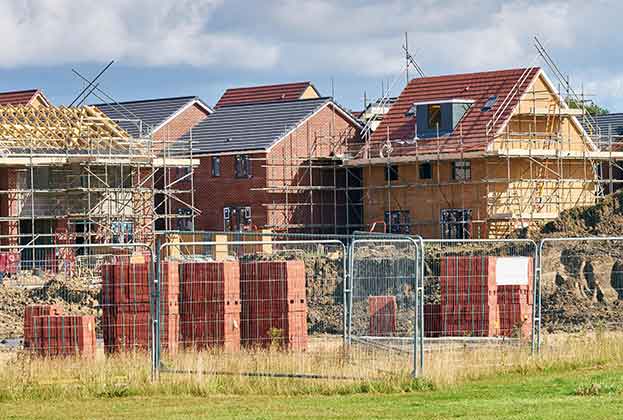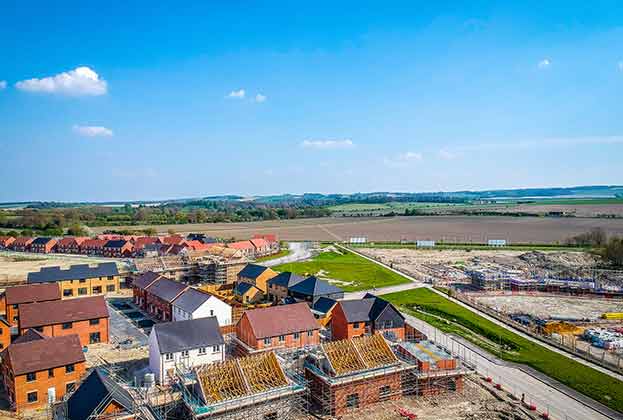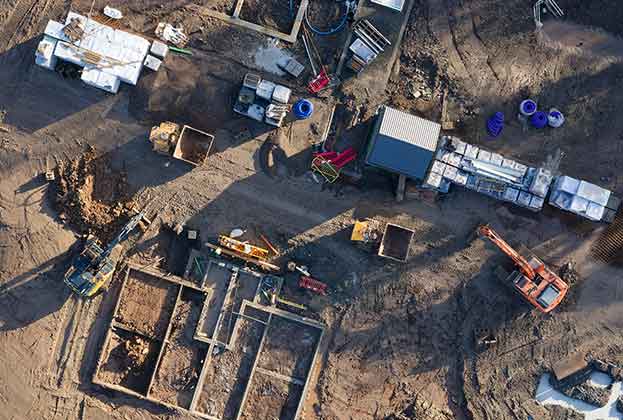As the UK Government looks to increase green energy infrastructure along with road and rail schemes, it is important occupiers of land are aware of the benefits that a Certificate of Appropriate Alternative Development (CAAD) can present to those with land taken by a Compulsory Purchase Scheme.
What is it?
A CAAD is part of the compulsory purchase legislation. Not everyone is aware of it but landlords, landowners and tenants should make use of it if they believe they may have planning potential on their property.
It enables the claimant under a compulsory purchase scheme to request that their local planning authority review their site and consider what development could have occurred in a ‘no scheme world’. This can range from development of agricultural barns to residential or commercial uses or large scale renewable energy schemes, and everything in between.
When can a CAAD be sought?
Where existing permissions and assumptions are not sufficient to identify the development value which would have existed were it not for the scheme, then the claimant can make an application for a CAAD.
The right to apply for a CAAD arises at the dates when the land is proposed to be acquired via a Notice to Treat from the acquiring authority.
How does the process work?
The applicant submits a plan and description of the property to the local planning authority. This may list and describe the development for which they consider a positive certificate should be granted. While the level of detail expected is far less than for a planning application, the more detailed the application, the greater likelihood of being awarded a positive certificate.
Benefits to claimant
Should the local authority provide a positive certificate this can lead to an uplift in the value of the property and consequently greater compensation being paid to the claimant for land taken. It is important that a CAAD is considered early in the compulsory purchase process to maximise any value that a certificate may produce.
Further information
.jpg)
.jpg)




.jpg)



.jpg)